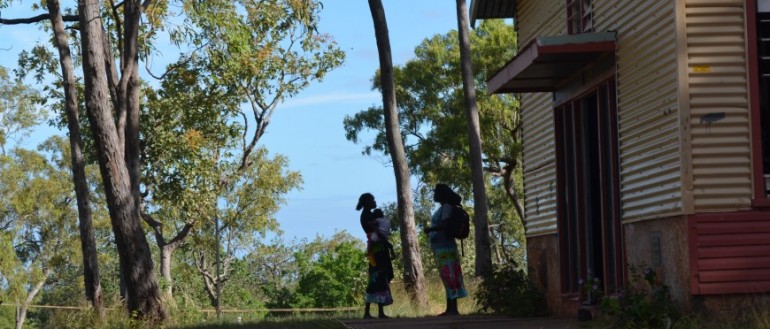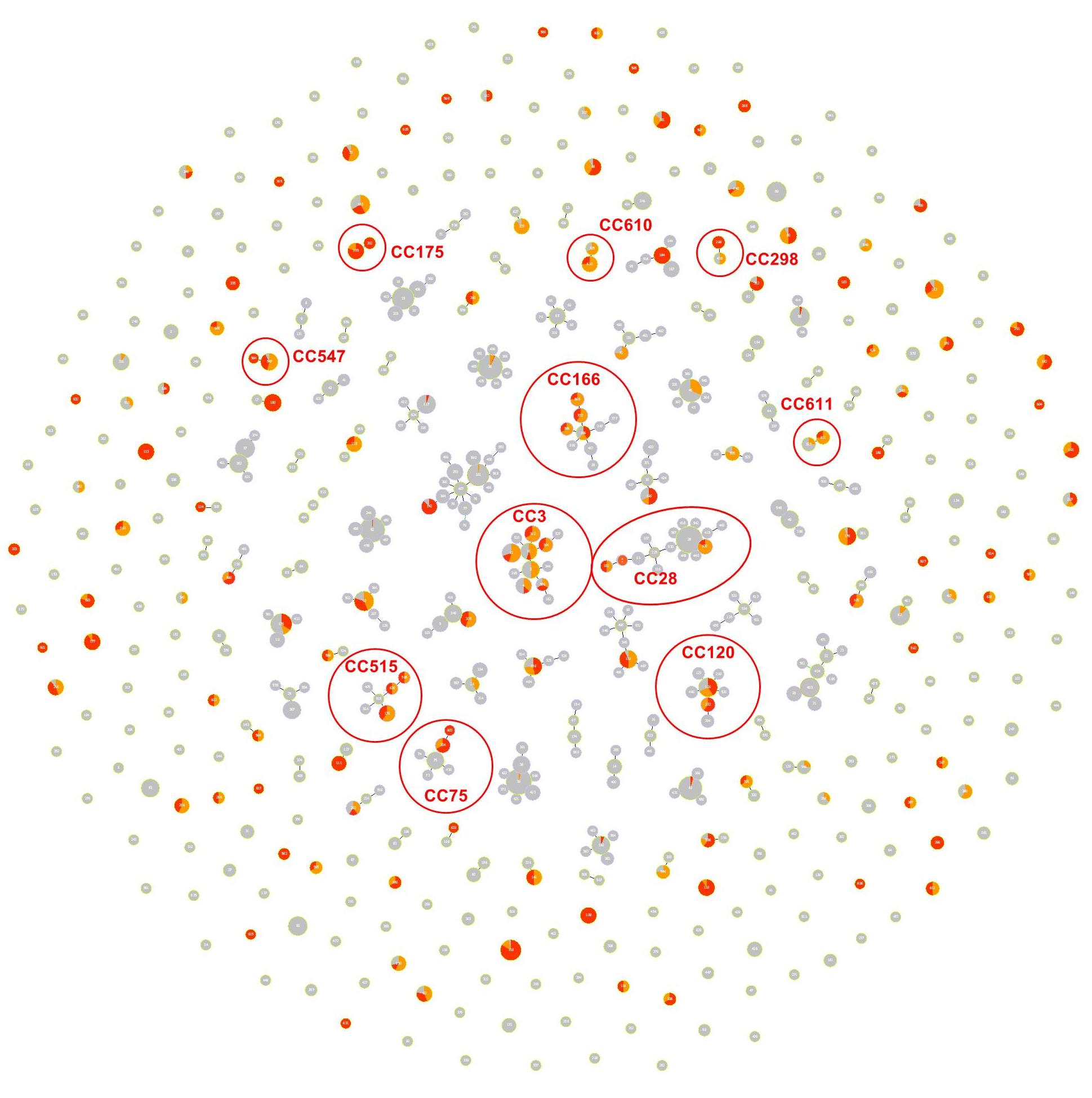The bacterium Streptococcus pyogenes is linked to poor health throughout Indigenous communities in the Northern Territory (NT) and can lead to life-threatening conditions such as rheumatic heart disease (RHD). For over 20 years a succession of Menzies researchers has waged war against this organism.
Former Menzies researcher, Dr Rebecca Towers and colleagues recently used cutting edge DNA technology to dispel the long-discussed theory that NT strains of S. pyogenes are particularly virulent. They showed that Indigenous Australians encounter exactly the same strains as everyone else in the world. Poor living conditions and underlying ill health magnify the bacterium’s effects. Social improvements, in combination with a vaccine, are the way forward.
Streptococcus pyogenes infections usually begin on the skin or less often in the throat and can range from mild, for example impetigo and ‘strep throat’, to RHD and life-threatening kidney conditions. Some of the highest rates of RHD in the world are found in Indigenous Australians.
Using a DNA technique developed at Menzies, Dr Towers and co-scientists from Menzies, the University of Queensland and the Wellcome Trust Sanger Institute in Cambridge, set out to discover whether the strains of S. pyogenes found in the NT were unique to this region. Such a finding could help to explain the high burden of disease in remote communities. The new DNA method enabled them to rapidly fingerprint more than 700 S. pyogenes isolates obtained from members of NT Indigenous communities between 1987 and 2008.
Global population structure of Streptococcus pyogenes: Coloured areas represent genetic types found in the NT, and grey areas represent genetic types found elsewhere in the world.
They uncovered a startling diversity of strains. Despite a very small, sparsely distributed and often isolated population, the 70 000 Indigenous Australians who live in the NT harbour a surprisingly large subset of the known global diversity of S. pyogenes. While a proportion of the genetic types identified were new to science, they did not form any clusters and were, in general, allied to diverse genetic types identified outside Australia.
Dr Towers and colleagues’ findings support the view that the high burden of S. pyogenes disease in the NT Indigenous population is directly related to socioeconomic factors. The very high rates of skin sores, resulting from scabies infections, provide the most obvious entry point for S. pyogenes and overcrowding and poor sanitation accelerate the transmission of infection.
Public health interventions that target the prevalence of skin infections are likely to have the greatest positive impact. Concurrently, the development of a broad specificity vaccine, effective against the multitude of NT strains of S. pyogenes, should be prioritised.
This research will be published in the open access, online journal, PLOS ONE, ensuring that anyone in the world with Internet can access the findings free of charge.
Dr Towers’ study complements and informs the wide range of research carried out by RHD Australia, in particular the research program, RHD Genetics, which aims to determine the degree to which a person’s genetics increases their likelihood of developing RHD.


